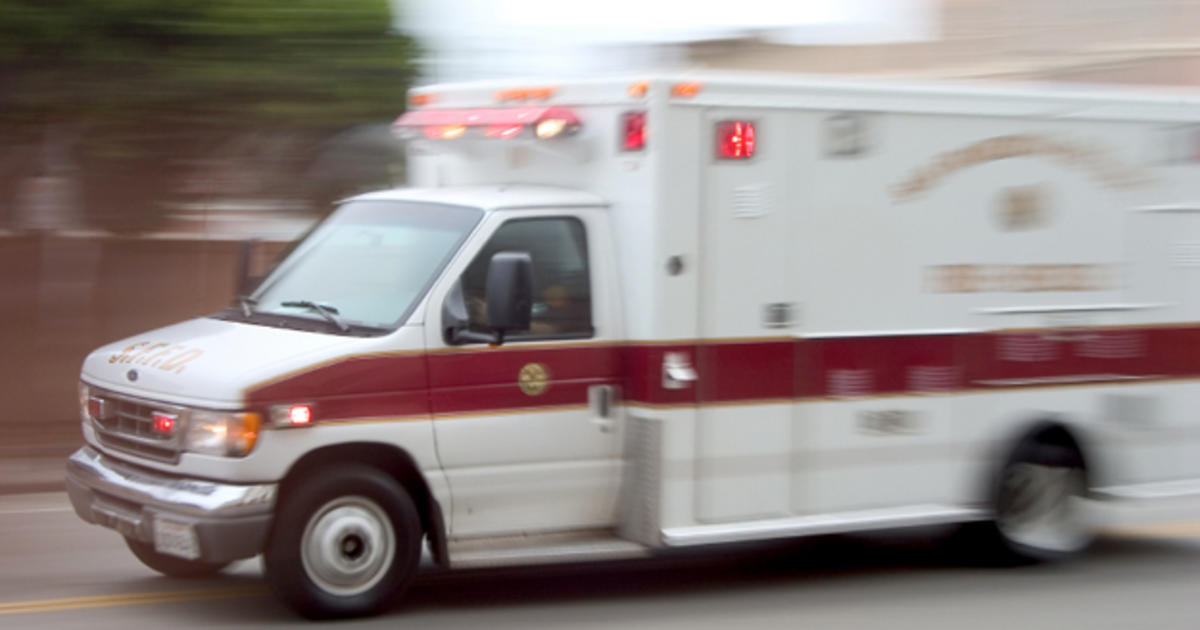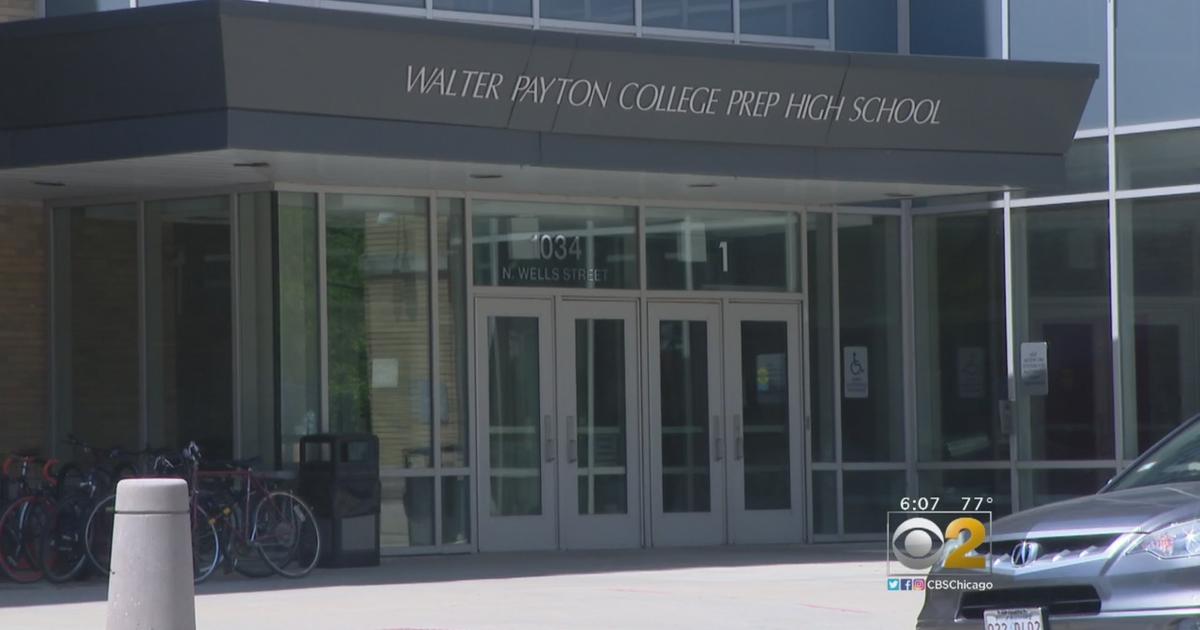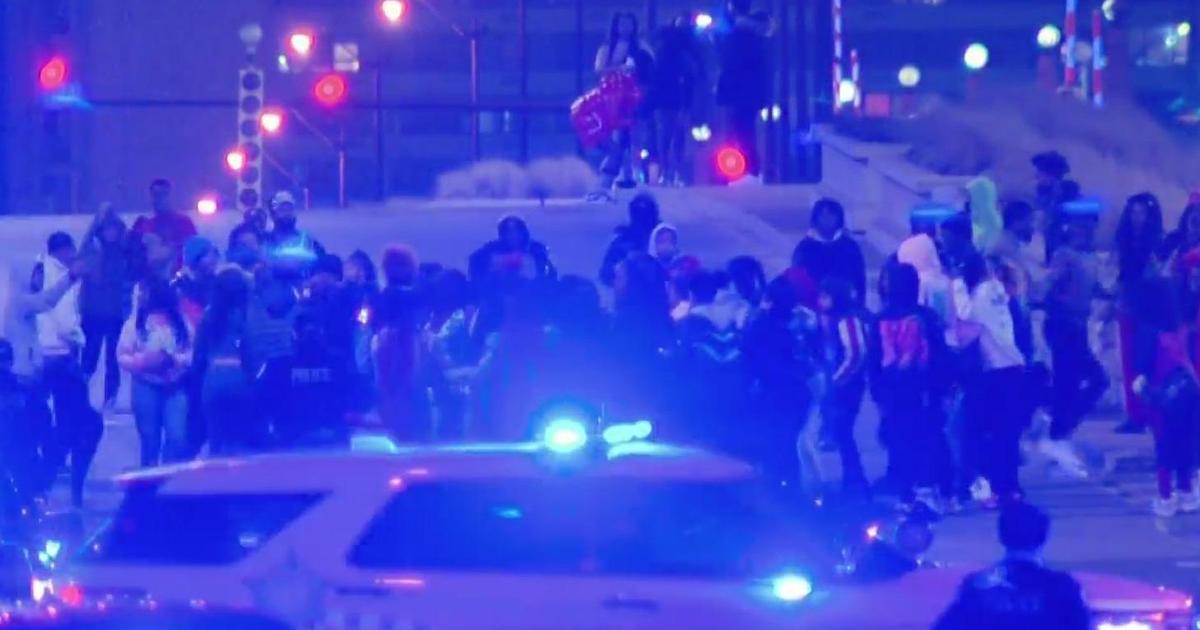Youth Shootings Drop By 40 Percent In 2013 In Chicago
CHICAGO (STMW) -- The youth violence that has too often drawn a national spotlight on Chicago has taken a significant dip, a new analysis shows.
According to a report obtained by the Chicago Sun-Times, shooting incidents involving victims 16 and younger last year dropped 40 percent over 2012.
Shooting incidents involving Chicago Public Schools students more than halved — dropping 56 percent so far this school year, compared to August through January 21 of the previous school year, according to the city's analysis.
Youth Shootings Drop By 40 Percent In 2013 In Chicago
Already basking in the glow of the city's lowest murder rate since 1965 and lowest overall crime rate since 1972, city officials credit this newest drop to coordinated anti-youth violence efforts they say are paying off.
"Chicago is making important progress in reducing youth violence. No single part of the system can do this alone," Mayor Rahm Emanuel told the Sun-Times.
Nearly half of all violent crimes in the city involve school-age youth.
The youth data follows the historic drop in homicides to 415, from the 503 that was the nation's highest murder rate in 2012. Chicago also saw a 24 percent drop in overall shootings and 16 percent drop in overall crime.
This time last year, it was the city's bloodiest January in a decade, and Chicago was about to draw a prolonged and unwanted spotlight with the Jan. 29 killing of 15-year-old honor student Hadiya Pendleton.
But 2013 ended with 88 fewer homicides than 2012; and 20 fewer than 2011.
Shootings dipped to 1,864, from the 2,448 in 2012; and the 2,225 in 2011.
But shootings among the 16 and younger age group dropped at nearly twice the rate of the general population — to 212, from the 354 in 2012.
It was a 35 percent decrease from the 324 youth involved shootings in 2011.
Shootings involving CPS students from August through Jan. 21 had dropped to 82, compared to 146 the same time period the previous school year.
"Our overall crime fighting strategy doesn't delineate between children, adults and senior citizens. But there are some very specific things we're doing that has impacted on this," Police Supt. Garry McCarthy said in an interview with the Sun-Times.
McCarthy and Jadine Chou, CPS safety and security chief, both touted Gang School Safety Teams where police and school personnel work to reduce gang conflicts within schools. The teams currently operate at 35 high schools.
"If we identify students at risk, either on the bubble or affiliated with gangs, we'll work with the school to do an intervention, to give them additional support to find a more positive path," said Chou. "We do this literally everyday, starting each morning with a CPD conference call."
In media roundtables earlier this month, Emanuel and McCarthy attributed the drop in overall crime to retooled policing strategies. Those include targeted efforts combatting violent street gangs; and the so-called "impact zones" in 20 high-crime areas where off-duty officers and rookie cops have been conducting foot patrols to a tune of $93 million in overtime.
But it's the violence toll on Chicago's youth that captures the glare.
And the youth statistics seem to indicate promise from the slew of prevention efforts involving police, schools, parks, and city departments.
A curfew violation program in key police districts refers youth and their families to Hartgrove Hospital for intervention.
Increased efforts, including three new dropout re-engagement centers and thousands of additional alternative school slots, target dropouts.
And greater city funding is flowing to nonprofits targeting youth in high-violence neighborhoods with jobs, mentorship and behavioral therapy.
That formula, found to have led to a 51 percent drop in arrests for violent crimes among participants, was expanded last summer to youth with criminal records. Some 12,000 are released from the juvenile justice system annually and statistics show 83 percent become repeat offenders within three years.
Increased funding for summer job training, after-school and conflict resolution programs also came last summer from an unprecedented $50 million mayoral challenge that drew corporations into city youth violence efforts.
"One of the most exciting things about this is that we are using different strategies to address the needs whereever we encounter them — in school, out of school, coming out of the juvenile justice system or violating curfew," said the city's Dept. of Family & Support Services Commissioner Evelyn Diaz.
"But you can't just throw money at a problem. You have to be really smart in how you design programs, and measure to make sure they are actually having results. That's what's really new here."
(Source: Sun-Times Media Wire © Chicago Sun-Times 2014. All Rights Reserved. This material may not be published, broadcast, rewritten, or redistributed.)



